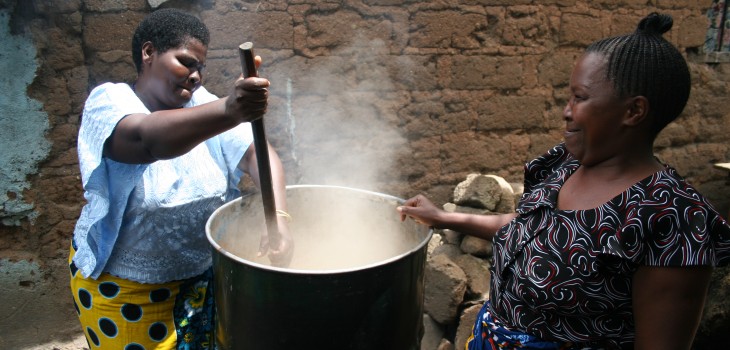By Shelley Lees
HIV is the leading cause of death amongst women of reproductive age worldwide. In sub-Saharan Africa, the HIV epidemic is disproportionally affecting women – they make up 60% of those living with HIV in the region. These inequalities are driven by gender norms related to masculinity and feminity, violence against women, barriers of access to services, poor education and lack of economic security. However, many of these structural barriers, such as poor education or lack of access to services, affect men as much as women in sub-Saharan Africa. Thus, it is important to know if these factors actually affect women more than men.
A recent paper by Drissa Sia and colleagues explored what lies behind gender inequalities in HIV/AIDS. The authors were interested in understanding the distribution of HIV risk amongst men and women compared with the effects of risk factors. That is, whether gender inequalities in HIV prevalence are explained by differences in socio-economic and behavioural factors amongst women and men or differences in women and men’s abilities to reduce HIV risk. The authors explored this by analysing data from demographic and health surveys (DHS) and AIDS indicator surveys (AIS) in Kenya, Tanzania and Lesotho. Interestingly, they found that in Tanzania, differences in the distribution of HIV risk factors, such as socio demographic characteristics and sexual behaviours, determined gender inequalities in HIV prevalence, whereas in Kenya and Lesotho, the differences in prevalence would persist even if women and men had the same distribution of risk factors.
Transactional sex
Why then, with all things being equal, would women continue to be at higher risk of HIV infection than men? The authors suggest that biological differences between men and women may account for this, as men can infect women more easily than women can infect men. There also may be more complex social and cultural factors that exacerbate women’s vulnerability to HIV infection. For example, transactional sex is seen to put women at greater risk of HIV infection, due to their unequal power in the exchange. However, the transactional nature of sex is complex in the context of sub-Saharan Africa. Historically, it has been an important aspect of sexual relationships. My colleagues and I have been exploring some of these complexities in Tanzania. Joyce Wamoyi, for example, has found that women engage in transactional sex even when they are not poor. I have found that financial or gift exchanges can ensure obligations between the partners and such transactions can also help women with social mobility and economic independence (see also Swidler and Watkins, 2007). Thus, the relationships between poverty, sex, and HIV are not straightforward. Women involved in transactional sex may be less poor than women who are not, but at higher risk of HIV infection.
If we take one woman in Africa as an example: she has migrated to the city, but despite her poor education, has the ability to find employment or set up her own business. Her income is low, so she seeks further income through sex, which empowers her to look after herself and her children. But these sexual encounters put her at risk of HIV infection because the men she has transactional sex with refuse to use condoms, and have multiple sexual partners. She has a husband, but he travels and also has other sexual partners. This complex scenario depicts how difficult it is to disentangle the factors that put her at risk of HIV infection: poverty, gender inequality, or masculinity.
This paper highlights the complexity of gender inequalities in HIV using quantitative data. We need to continually understand risk from women’s own perspectives, taking into account their complex lives.
Shelley Lees is a Lecturer at The London School of Hygiene and Tropical Medicine
Further reading
Lees S (2013) Mashaka na Uwezekano. Uncertainty and Possibilities: Everyday life and sexuality among women HIV prevention trial participants in Tanzania. Doctoral Thesis. University of London.











